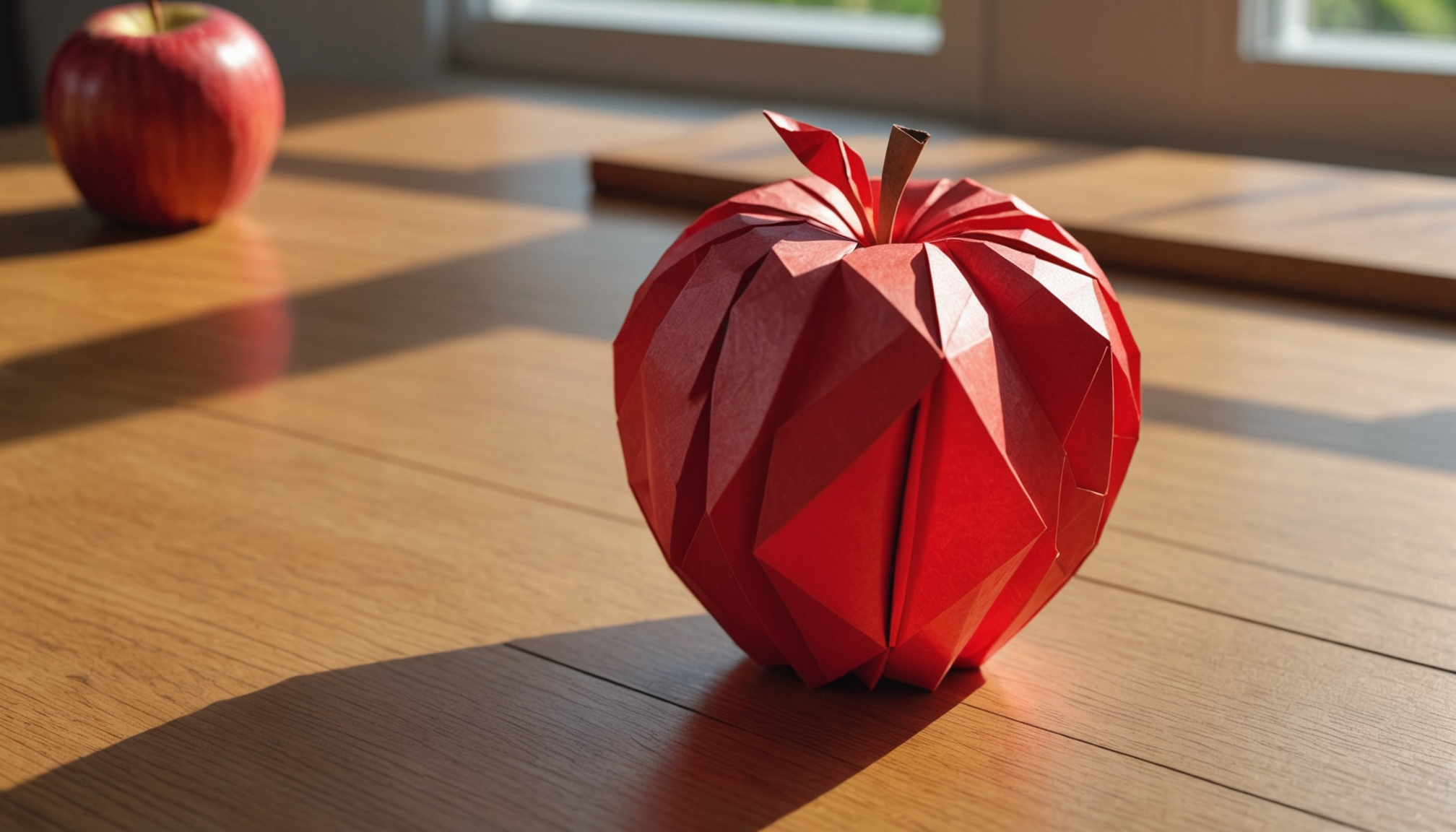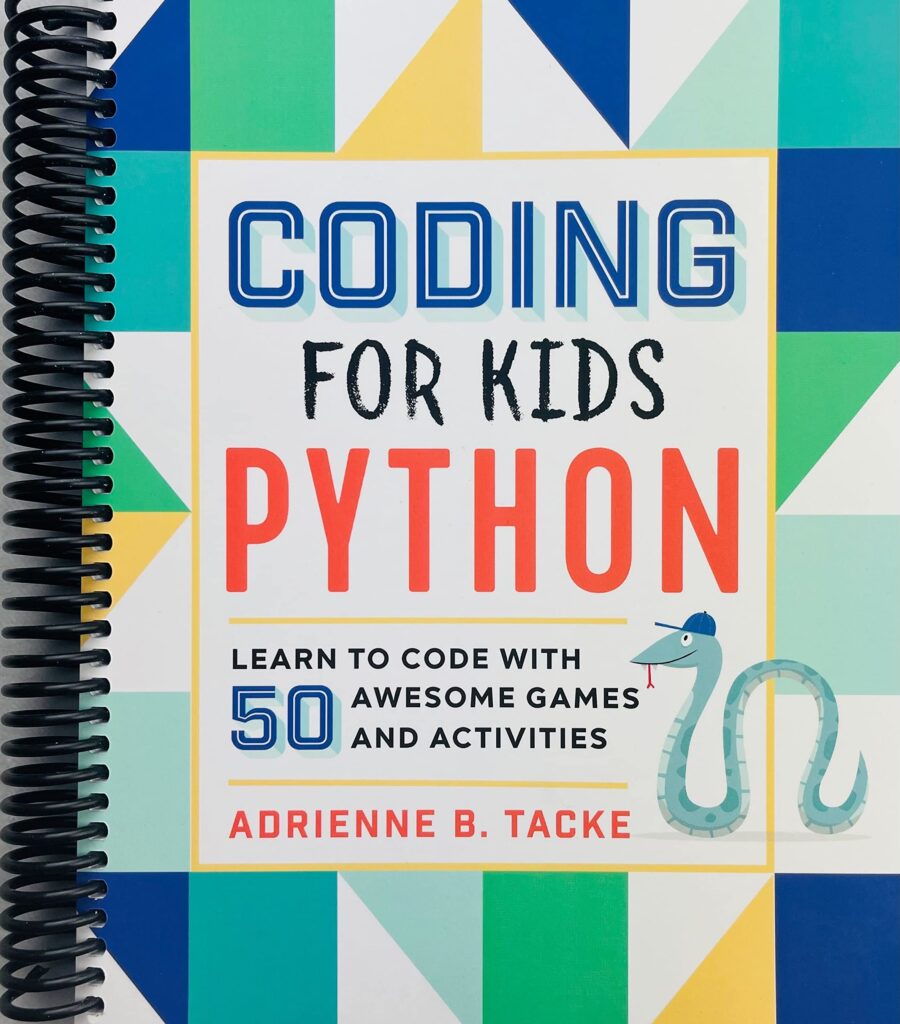
Pillow, as the modern fork of the Python Imaging Library, brings a set of tools that make image manipulation simpler yet powerful for developers diving into visual data. At its core, Pillow handles a wide array of image formats, from JPEG and PNG to more obscure ones like TIFF, allowing seamless loading and saving without much hassle. For instance, opening an image file is as simple as using the Image module, which abstracts away the complexities of file I/O.
One of the standout features is the ability to perform basic transformations, such as resizing or rotating images, with minimal code. Consider how you might resize an image to fit specific dimensions: the library’s resize method takes a tuple of new width and height values, applying high-quality downsampling or upsampling as needed. Here’s a quick example to illustrate:
from PIL import Image
# Load an image from file
img = Image.open("example.jpg")
# Resize to 300x200 pixels
resized_img = img.resize((300, 200))
# Save the result
resized_img.save("resized_example.jpg")
HP 15.6 inch Laptop, HD Touchscreen Display, AMD Ryzen 3 7320U, 8 GB RAM, 128 GB SSD, AMD Radeon Graphics, Windows 11 Home in S Mode, Natural Silver, 15- fc0099nr
7% OffBasic Operations to Get You Started
The library also supports image rotation and flipping, which can be incredibly useful for correcting orientation or creating artistic effects. You can rotate an image by a specified angle using the rotate method. This method allows you to rotate by a counterclockwise angle, and you can also specify whether to expand the output image to fit the new dimensions. Here’s how you might rotate an image by 45 degrees:
# Rotate the image by 45 degrees
rotated_img = img.rotate(45, expand=True)
# Save the rotated image
rotated_img.save("rotated_example.jpg")
Flipping images is equally simpler with the transpose method. It can mirror an image horizontally or vertically, or even rotate it by 90 degrees. The method accepts a parameter that determines the type of transformation. Here’s how to flip an image horizontally:
# Flip the image horizontally
flipped_img = img.transpose(Image.FLIP_LEFT_RIGHT)
# Save the flipped image
flipped_img.save("flipped_example.jpg")
Another fundamental operation is cropping. Cropping allows you to extract a specific area from an image, which can be particularly handy for focusing on a subject or removing unwanted elements. With Pillow, you can define a box using a tuple that specifies the left, upper, right, and lower pixel coordinates. Here’s an example of how to crop an image:
# Define the cropping box (left, upper, right, lower)
crop_box = (100, 100, 400, 400)
# Crop the image
cropped_img = img.crop(crop_box)
# Save the cropped image
cropped_img.save("cropped_example.jpg")
Color manipulation is yet another essential feature Pillow provides. You can convert images to different color modes, such as RGB or grayscale, using the convert method. This can be useful for various applications, from preparing images for machine learning tasks to creating artistic effects. Here’s how to convert an image to grayscale:
# Convert the image to grayscale
gray_img = img.convert("L")
# Save the grayscale image
gray_img.save("gray_example.jpg")
Advanced Techniques for Creative Image Processing
Pillow extends beyond basic edits to offer sophisticated tools for creative image processing, enabling developers to apply effects that transform ordinary images into artistic compositions. One powerful capability is the use of filters, which can enhance or alter image details with methods from the ImageFilter module. For instance, the Gaussian blur filter softens an image by reducing noise or creating a dreamy effect, while the sharpen filter brings out edges for more defined visuals.
To apply a Gaussian blur, you import the necessary filter and pass it to the filter method:
from PIL import Image, ImageFilter
# Load the image
img = Image.open("example.jpg")
# Apply Gaussian blur with a radius of 5 pixels
blurred_img = img.filter(ImageFilter.GaussianBlur(5))
# Save the blurred image
blurred_img.save("blurred_example.jpg")
Similarly, sharpening an image involves selecting the appropriate filter and applying it directly. This can be particularly useful for emphasizing textures in photographs or graphics:
# Apply sharpen filter
sharpened_img = img.filter(ImageFilter.SHARPEN)
# Save the sharpened image
sharpened_img.save("sharpened_example.jpg")
For more complex manipulations, Pillow supports image compositing, where you blend multiple images using alpha channels or masks to overlay elements seamlessly. This technique is perfect for watermarks or layered effects, involving the paste method with transparency.
Another advanced feature is drawing directly on images, which allows for dynamic annotations or custom graphics. By using the ImageDraw module, you can add shapes and text programmatically, opening up possibilities for automated image generation.
To draw a simple rectangle or text on an image, start by creating a drawing context:
from PIL import Image, ImageDraw, ImageFont
# Load the image
img = Image.open("example.jpg")
# Create a drawing context
draw = ImageDraw.Draw(img)
# Draw a red rectangle at coordinates (50, 50) to (200, 200)
draw.rectangle([50, 50, 200, 200], outline="red", width=5)












